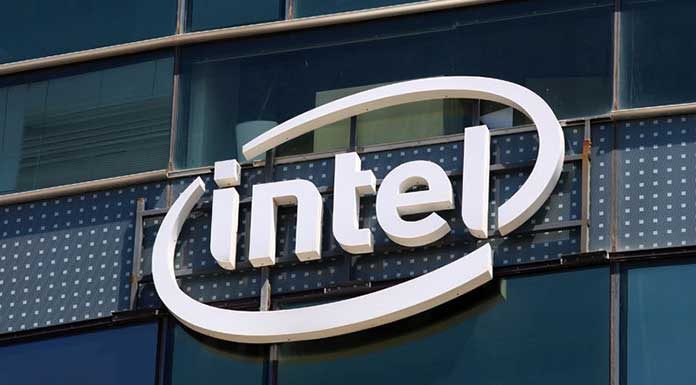Months after acquiring eASIC Corporation, chipmaker Intel said that Chinese telecom equipment manufacturer ZTE will use Intel eASIC devices for its 5G wireless products that will enable it to meet the cost and power requirements of large-scale 5G deployments.
A structured ASIC is an intermediary technology between FPGAs and standard-cell ASICs that provides unit-cost reduction and improved power efficiency. Structured ASICs offer benefits like those offered by standard-cell ASICs, but with faster development time. Intel eASIC devices are structured ASICs that provide a smooth design transition from any FPGA. They reduce unit cost and power consumption compared to FPGAs. These two benefits are especially important for high volume-markets, such as 5G radio, said the company.
Intel said that as 5G rollout moves from the trial phase to initial deployment, carriers need flexible solutions based on field programmable gate arrays (FPGAs). FPGAs provide hardware programmability to meet both prototyping and initial production requirements. As the 5G rollout transitions to high-volume production, FPGAs transition to ASICs to meet cost and power targets associated with high-volume shipments. Intel's recent acquisition of eASIC enables a smooth transition from FPGA-based designs to structured ASICs.
ZTE used FPGAs for rapid prototyping and early production. The company needed to quickly transition to a lower unit cost and reduced-power solution for high-volume deployment.
“Intel eASIC devices provide good power and cost benefits for our 5G wireless products and were essential to make a fast transition to meet our low cost and power requirements,” said Duan Xiang Yang, vice president and general manager of Wireless System Architect at ZTE.
The smooth transition to an eASIC structured ASIC device reduces the design's bill of materials (BOM) cost and power consumption, which is required for high-volume production. The combination of FPGAs and Intel eASIC structured ASICs allows customers to meet diverse time-to-market, flexibility, performance, low-power and unit-cost requirements, said the company.
The combination of Intel FPGAs, Intel eASIC devices and Embedded Multi-die Interconnect Bridge (EMIB) technology will enable a new device class with flexibility, lower unit cost and power efficiency, all in a single package.
“Intel's alliance with ZTE marks a major milestone in Intel eASIC devices' 5G penetration. 5G speeds will enable new classes of applications, resulting in an exponential increase in data volume. Our customers need solutions that allow them to design optimal systems they can take to market quickly. Intel's structured and standard ASICs enable ZTE to achieve critical cost goals and cement their position in the exploding 5G market,” said Dan McNamara, Intel senior vice president and general manager of the Programmable Solutions Group.











